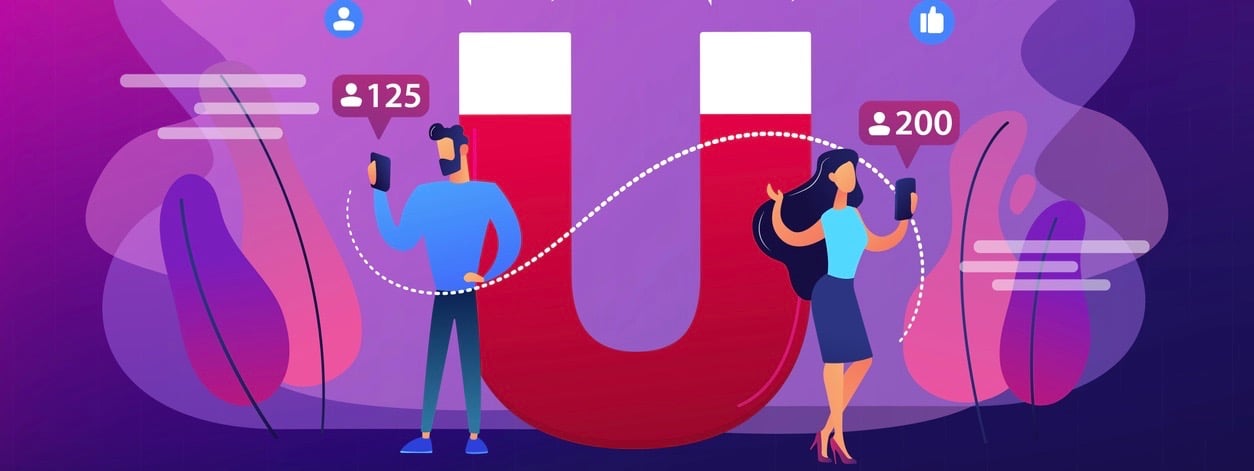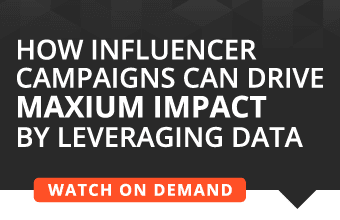Influencer marketing has been helping brands to widen their audiences and, consequently, their profits. For a business to reap the full rewards of influencer marketing, however, there are some essential steps to follow. Below are four of the crucial ones.
1. Defining goals
Influencer marketing can produce different results for a business, and having a clearly defined goal is the only way to tell if the campaign is performing well.
A common goal is audience building, which is all about exposing the business to a wider group of potential buyers. Other goals are less about brand exposure. Building brand identity, for example, may have trace elements of audience building while the main mission is to establish a unique and recognizable business personality.
2. Deciding on a type of campaign
There are different ways to go about influencer marketing. With some, the influencer merely affiliates themselves with a brand, through social media mentions, for instance. Others involve an influencer taking a more involved role. Co-creating content is a good example.
Businesses may be better served by a campaign that involves the influencer taking an active role in content creation, as that shows trust in the product or service.
3. Finding the right influencer
A common mistake businesses make is partnering with an influencer who’s followers don’t fall under the business’ target market. If the influencer is someone who would believably use what the company has to offer, it looks more like they’ve found something amazing and they want to share.
Conversely, an influencer who appears to be someone who would otherwise have little or passing interest in the product or service brings minimal credibility to the campaign, and might even hurt it.
That’s only half of the story—even when an influencer’s followers intersect with the business’ potential customers, it’s important to make sure that their content is appropriate. What that means is entirely down to the business and its brand voice. For example, an influencer who can potentially have a high ROI but is no stranger to scandals is a bit of a gamble for a brand’s reputation.
Even the world’s big brands like Disney and Walmart have had to sever ties with influencers like Logan Paul and Pewdepie. In some cases, that may not be enough to mitigate the reputational damage.
4. Measuring results
The first step, defining a goal, has to be satisfied before results can be measured, or even known. The more specific the goal, the easier it will be to measure the ROI of the campaign. If the business intends to work with the influencer long term, the first set of results from a campaign can present an opportunity to evaluate how to change things going forward. In the same vein, positive results can point to what needs to be done even more.
As the means by which creators can create and distribute content are continuing to grow, the yield that brands can receive from a round of influencer marketing keeps increasing. Businesses with well-planned strategies will, of course, see the highest returns.








